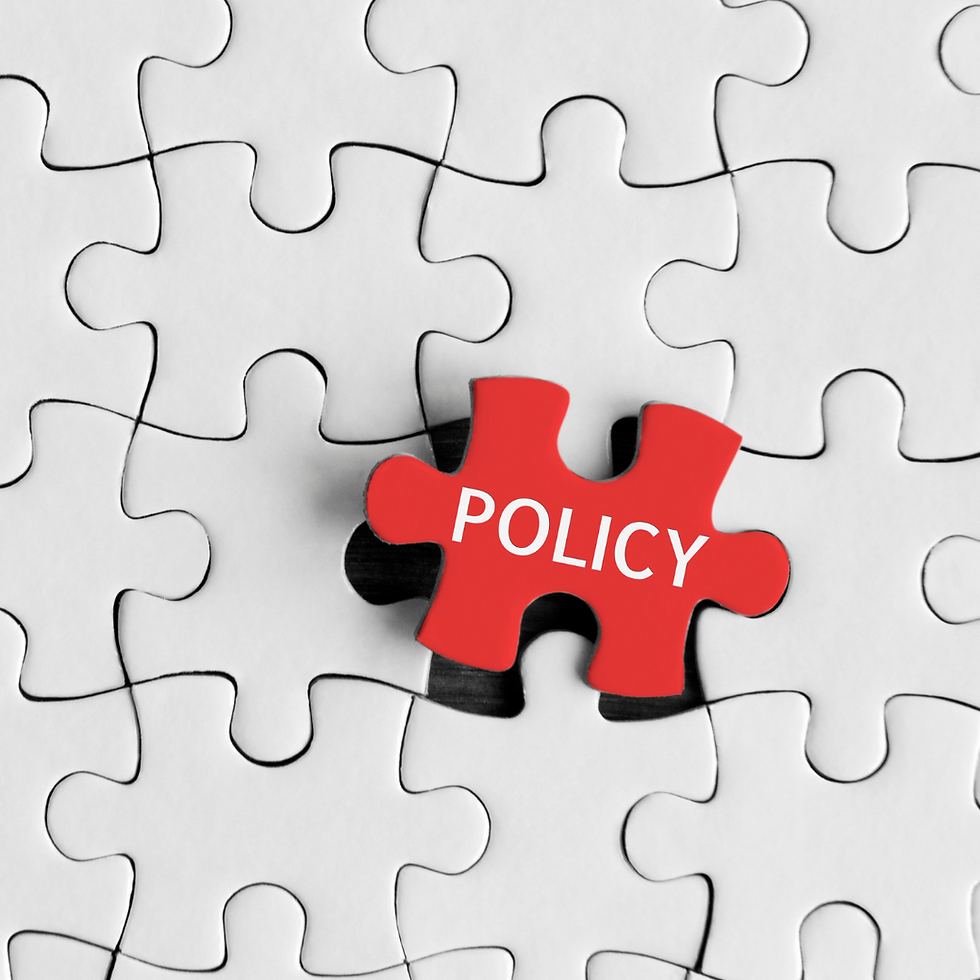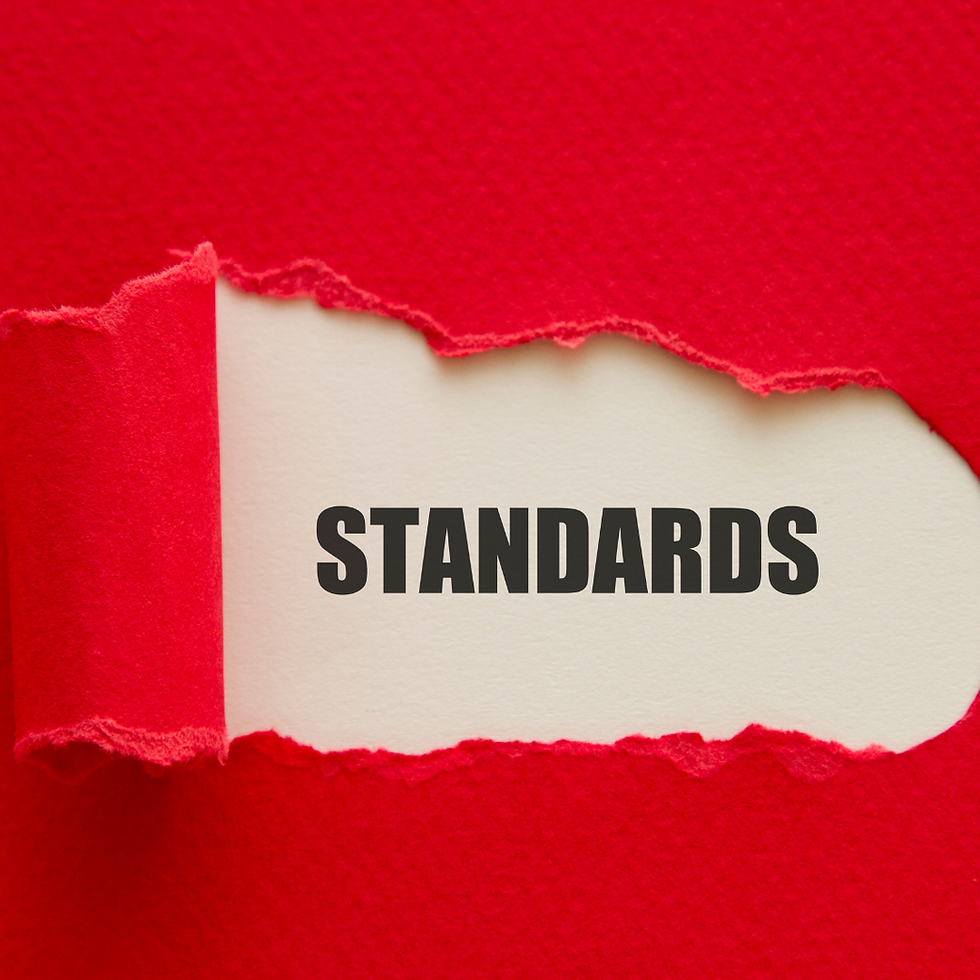Customer Service in 2025: Why It Doesn’t Have to Suck (and How to Fix It)
- Odetta Rockhead-Kerr

- Aug 23
- 3 min read
Customer service does not have to be terrible — no matter where you live. Whether you’re in Jamaica, the United States, the UK, Canada, or Africa, the truth is the same: customer service can be excellent, and it doesn’t take much effort from either employees or the organizations they represent.
With over 25 years of experience in managing teams for Fortune 500 companies like Amazon, Microsoft, AT&T, United Healthcare, and MetLife, I’ve seen both the best and worst sides of customer service. Early in my career, the expectation was 99% quality — meaning only one out of every 100 customers could walk away dissatisfied. That high standard is still possible today, but it requires a shift in mindset.
I don’t believe in complaining for the sake of it. Instead, I focus on solutions. So, let’s break down three real-life scenarios I’ve personally experienced, and explore how customer service could have been handled better. These lessons are practical and easy to apply, whether you’re a business owner, a frontline employee, or simply someone who wants to raise the bar.

Scenario 1: The Hidden Price of Dishonesty
I once stopped to buy plantains from a street vendor. When I first asked the price, she told me $80 Jamaican dollars per finger. Later, when I returned in my car, dressed differently and looking more “well-off,” she quoted me almost three times that price.
This wasn’t just about money — it was about credibility. Trust is the foundation of good service. When prices change based on how someone looks or what they drive, the business loses integrity.
Instead of walking away, I used it as a coaching moment. I reminded her that honesty builds loyalty and blessings follow fairness. Since then, whenever I return, she acknowledges how that conversation changed her perspective.
Lesson: Consistency and honesty matter more than short-term profit. Customers remember integrity — and they reward it with repeat business.
Scenario 2: Defensiveness vs. Empathy
A staff member of mine purchased a brand-new car. Within a week, it developed a serious issue under the hood. When we approached the dealership, their representatives immediately became defensive:
“All cars, even BMWs and Benzes, have issues.”
“This is normal for new vehicles.”
What they should have said was simple:
“We’re so sorry this happened. Let us look into how we can make it right. While I can’t extend the warranty personally, I’ll escalate this to management and follow up with you.”
Related video
That one empathetic response would have diffused frustration immediately. Instead, defensiveness left my staff member disheartened — and left me certain I’d never purchase from that dealership.
Lesson: Empathy costs nothing, but defensiveness costs trust. A sincere apology and a willingness to help can turn even a bad situation into a positive customer experience.

Scenario 3: When Policies Replace People
In another case, I ordered a moisturizer from Sephora. The package never arrived. When I reached out, the representative hid behind policy:
“We don’t ship to freight forwarders.”
“A supervisor won’t tell you anything different.”
All I wanted was confirmation that the order had been delivered. Instead of escalating, she stonewalled me until I mentioned my influence as a long-term customer and content creator. Only then did I get a manager on the line, who immediately resolved the issue with a refund.
Lesson: Policies are important, but people are more important. Customer service agents should know how to balance rules with compassion. A simple, empathetic explanation plus a willingness to verify facts would have prevented escalation.
The Bigger Picture: Why Customer Service Fails
Across these scenarios, the same themes appear:
Dishonesty erodes trust.
Defensiveness escalates conflict.
Policy-first thinking alienates customers.
What’s missing? Empathy, consistency, and problem-solving.
Customer service doesn’t require rocket science. It requires the human touch. Organizations must train staff not just in processes, but in people skills: listening, apologizing sincerely, and finding solutions.

Final Thoughts: Raising the Standard in 2025
If you work in customer service, remember this:
Don’t let ego drive your responses.
Put yourself in the customer’s shoes.
Treat others how you’d want to be treated.
And if you’re a business owner, recognize that a single employee’s defensiveness can push loyal customers away for life. Invest in training, emotional intelligence, and systems that reward empathy.
Customer service in 2025 doesn’t have to suck. With the right mindset and approach, it can set your brand apart and turn everyday transactions into lifelong loyalty.
Related video




Comments